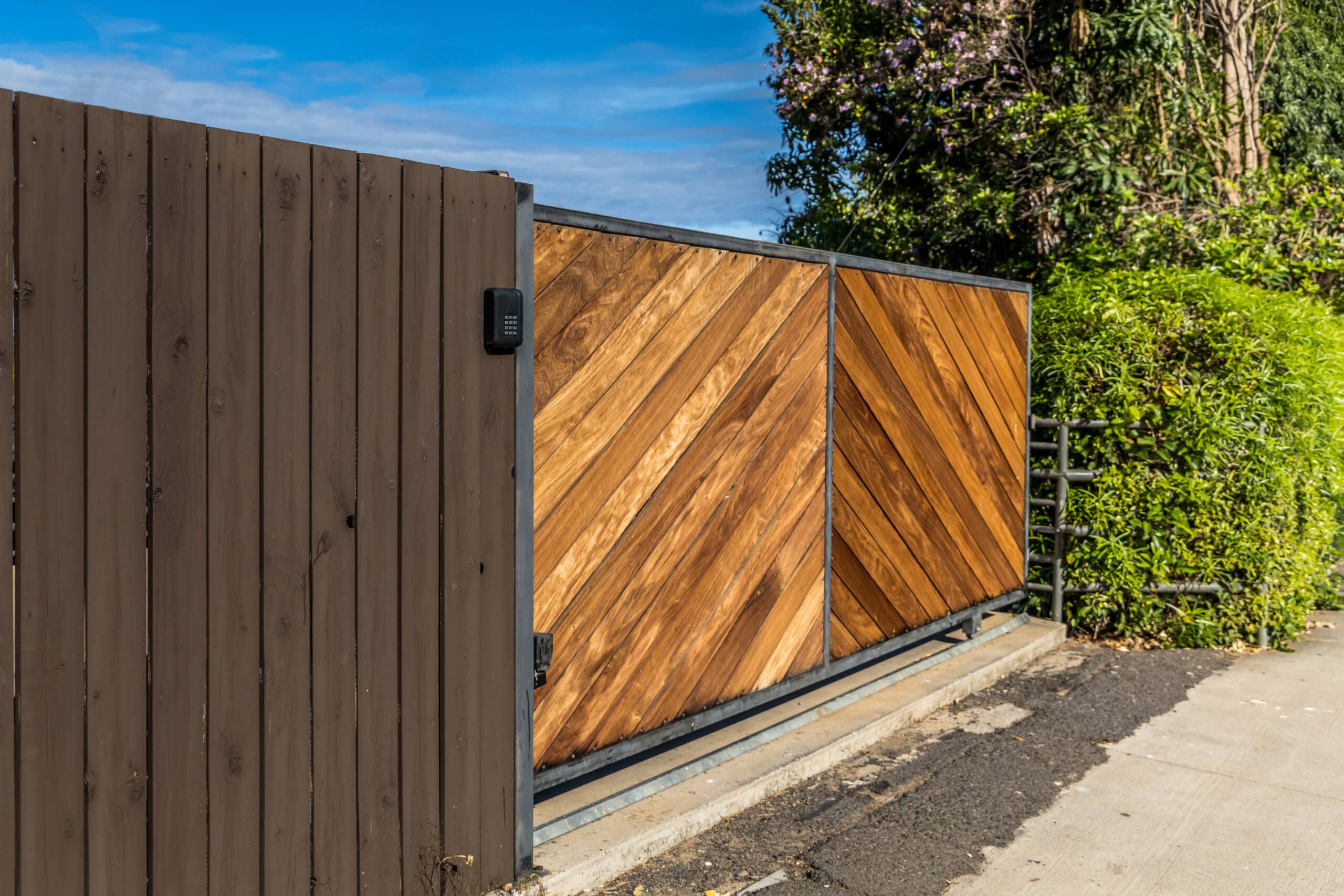
Residential Lighting Guide 2021
Lighting’s essential for performing routine tasks as well as running your business.
It also accounts for 5% of greenhouse gas emissions and 15% of electricity consumption worldwide.
Fortunately, lighting’s one of the areas we can all help reduce our impact on the Earth.
It all starts by complying with residential lighting guidelines when you’re building a new home or refurbishing your existing home.
Current Lighting Technologies
Luminous efficacy is the most important term in energy-efficient lighting technology. It refers to the ratio of light produced vs the energy used to produce it.
A 60W A19 incandescent lamp, 13W A19 CFL lamp, and a 9.5W A19 LED all produce around 800 lumens of light. Yet, the LED uses much less energy to achieve this.
Other factors you should consider when assessing luminaries or lamps include:
- initial cost
- longevity
- performance
- long-term energy and maintenance costs
Incandescent lamps last about 1,000–2,000 hours, losing 10–15% of their light output before burning out.
CFL lamps last for around 12,000 hours and also lose 10 to 15% of their glow before expiring.
Linear fluorescent lamps lose 5-10% of their light output and last for up to 40,000 hours.
LED 19 lamps gradually lose up to 30% of their output before failing at 25,000 hours.
Installing energy-efficient lighting’s more expensive to start with. Yet, when you do the math, it works out far cheaper when you consider the cost of replacing your lighting frequently.
Energy-Efficient Lighting Strategies
Efficient lighting starts with working out how much light you really need in a room.
Pace out each room, you’ll need about 25 watts (250 lumens) of light per square meter. Your local electrical supply store can advise you on suitable solutions for task-lighting.
Try to place light sources in areas where family members carry out detail-oriented tasks like homework.
Try to allocate areas for daytime activities close to sources of natural light, so that you don’t need artificial lighting during the day.
If you only use the space for relaxing in the evenings, you can install dimmers on all the lights to save electricity.
Residential Lighting Design Regulations
The latest regulations mandate that all luminaires must contain JA8 efficiency-compliant lights. Screw based sockets are no longer allowed.
For alterations, screw-base sockets may remain in place as long as the alteration uses a JA8-compliant light source.
Builders must provide new homeowners with a list of all installed lamps and luminaries as well as a specification sheet for the lighting plans.
These are the compliance requirements for all indoor spaces:
- All luminaries should comply with energy efficiency standards
- Undercabinet lighting must have seperate switching from ceiling lighting
- Blank electrical boxes must connect to a dimmer, fan speed control, or vacancy sensor
- The number of blank electrical boxes shouldn’t exceed the number of bedrooms
- All lighting must have easily accessible manual controls
- All JA8 light sources must have dimmer or vacancy sensors
The regulations exclude lights that emit less than 150 lumens or use less than 5 watts as well as non-permanent lights.
Get Your Lighting Right
Thanks to innovations in lighting technology, you can choose from a huge range of stylish options that comply with regulations.
So, you shouldn’t have any problems finding swish, energy-efficient lighting solutions for your home.
Keep browsing our blog for more tips on the latest trends in residential lighting.



